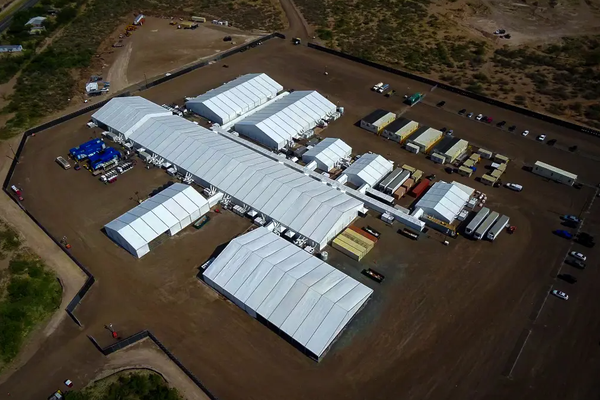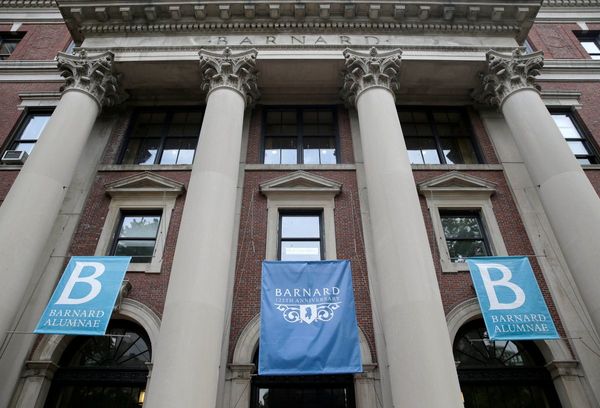Gasoline prices in the U.S. shot higher around the country during the first week of summer driving season as Americans pressed ahead with long-delayed travel plans, filled their tanks and hit the road.
The national average price per gallon of regular gas on June 6 was $4.865, according to AAA. That’s up 5% from $4.619 just a week ago.
Gas prices are up 14% over the past month and 60% over the past year.
“It now appears not if, but when, we’ll hit that psychologically critical $5 national average,” Patrick De Haan, head of petroleum analysis at GasBuddy, said in a blog post on the site.
The problem, according to DeHaan, is “a culmination of less refining capacity than we had prior to Covid and strong consumption, a situation that doesn’t look to improve drastically anytime soon.”
During the covid pandemic, several U.S. refineries closed bringing the total number operating in the U.S. to 129 at the beginning of 2021, according to Energy Information Administration data.
The closures reduced refining capacity by nearly 1 million barrels a day to 18.1 million.
More Gas Pump Pain to Come
Some gloomy forecasts suggest $5 a gallon may only be the beginning.
Commodities researchers at JPMorgan wrote in mid-May that the national average price per gallon could reach $6.20 by August.
For his part, DeHaan expressed some skepticism at the time, tweeting that “I just don't see the stars aligning to see the national average get to the $6/gal level. However- there's little margin for error.”
Indeed, Americans are “spending $1.82 billion on gasoline every ~24 hours,” DeHaan tweeted on June 5.
What Could Help Lower Gas Prices?
As for what might help cut, or at least slow down gas price rises, the most effective tool is likely to be demand destruction, also known as driving less.
While a lot of gasoline demand is driven by required driving, kids to school, errands, delivery routes etc., some isn’t.
Vacation travel in particular can be deferred if necessary.
The determining factor, obviously, is the price.
And on this score, there’s (a little) reason for hope.
That’s because US gasoline demand fell 2.3% last week compared with the prior week, according to GasBuddy data.
U.S. gasoline demand was 1.5% below the rolling four-week average as well.
In theory, a second modest reduction in demand could come from increasing numbers of electric vehicles on the roads.
While EVs still only make up 1% of all U.S. automobiles, in 2021, 20% of passenger cars bought were electric, according to a Simply Insurance blog.
“The rapid growth in plug-in electric vehicle sales from 2020 to 2021 is remarkable,” according to the U.S. Energy Department.
A third potential relief valve could be the residual effects of working from home.
While many companies have begun requiring workers to return to the office (including a certain electric car maker controlled by Elon Musk), a significant percentage of American workers continue to do their jobs from their home offices, or kitchen tables.
To the extent that they continue to do so, that’s less commuting and presumably a modest reduction in price pressures.







